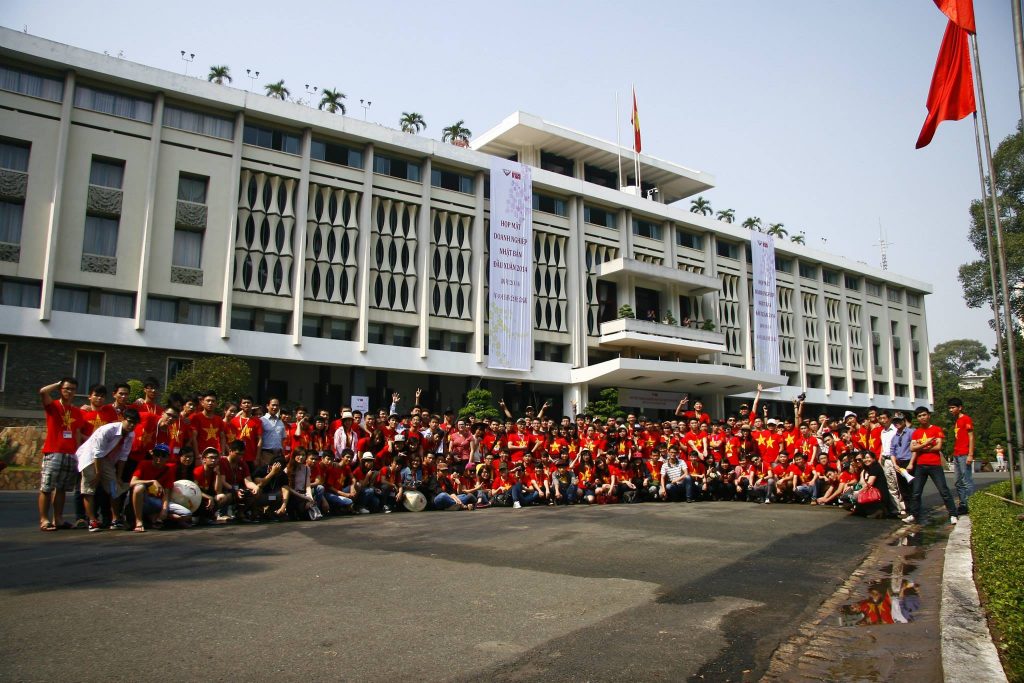Reunification Palace - a powerful demonstration for victory, peace and territorial integrity of the country of Vietnam, is one of the most attractive places to attract large numbers of tourists in the city of Ho Chi Minh. This is an amazing destination cannot be ignored when guests visit.
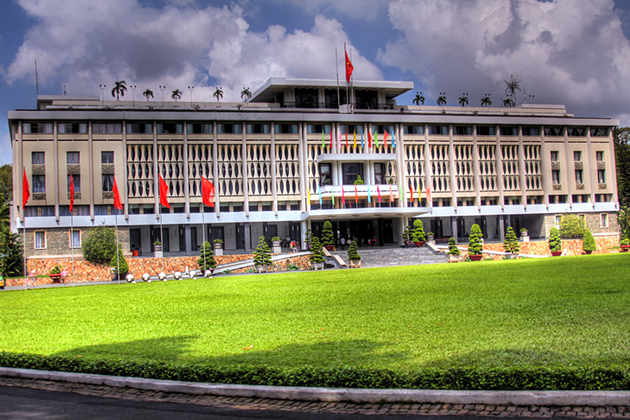
Reunification Palace, known as Reunification Palace symbolizes traditional philosophy, oriental rituals and personalities of the people of Vietnam in harmony with modern architecture. The Palace was built on the site of the poles Norodom Palace, owned 120.000m2 area (300m x 400m), surrounded by four major roads, namely Nam Ky Khoi Nghia northeast, Huyen Tran Temple Czech road southwest, Nguyen Thi Minh Khai Street in the northwest and southeast Nguyen Du. It is also limited by the Park in front 30-4 and Tao Dan Cultural Park in the rear. In particular, within the premises of the Palace is home to many ancient trees with different species from stage left France. This is actually one of the most attractive for those who love art and architecture Ho Chi Minh City.
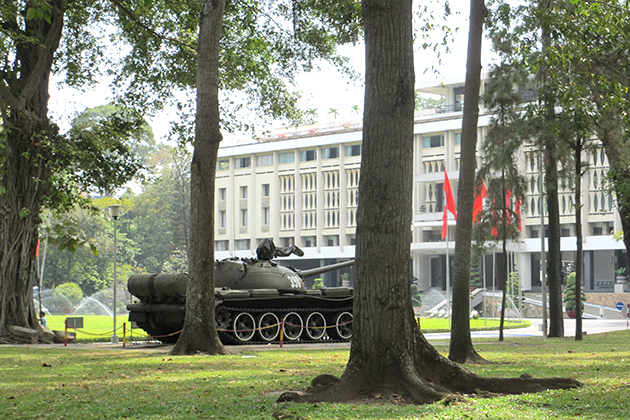
Tourists to the Presidential Palace really proud of the whole architecture of the building construction, which completely built by the Vietnamese. Architect Ngo Viet Thu had the idea of combining both oriental culture and Western to build the Independence Palace, meant to pray for the prosperity and sustainable forever. With his artistic eyes, talented architects made a great structure with extremely reasonable layout of the interior architectural details and furnishings. Accordingly, the front yard of the palace is an oval lawn with a diameter of 102m. The green lawns feeling mellow and enjoy a refreshing walk through the entrance.
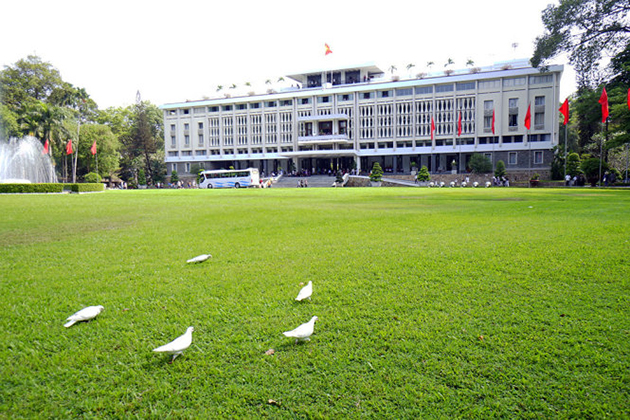
Go along the width of the hall is the semicircular pool. In particular, lotus and lilies floating on the lake evokes the image of a quiet atmosphere in the ancient temples and pagodas in Vietnam. Meeting rooms and banquet halls cabinet on the ground floor; the second floor is home to welcome and work for the President of Vietnam; the third floor is designed for entertaining, reading or playing cards; and the fourth floor is a ballroom for parties. Notably, the basement floor is concrete reinforced with all the facilities, maps and the most modern equipment to control the war at that time.
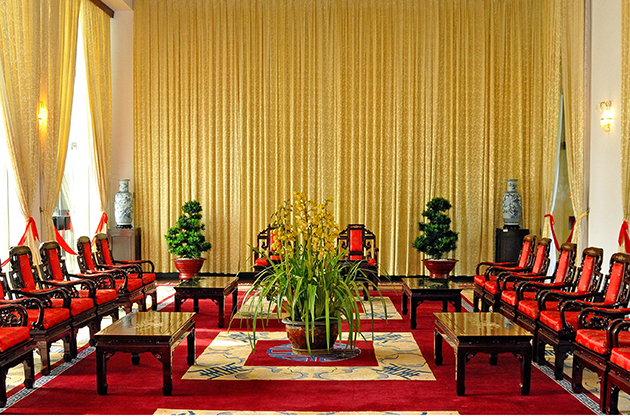
In particular, many works of art worth remains are kept at the palace. The banquet hall holds an oil painting is the work of architect Ngo Viet Thu completed in 1966, depicts the landscape of the country of Vietnam. Two precious lacquer painting by Nguyen Gia Tri painter themed "Sen" and "extremists (chrysanthemum)" are also being exhibited at the Palace. Dozens of ancient Chinese pottery from the Ming - Qing decorated with various themes can also be found here ... In addition, the outdoor exhibition on display today is the 843 tanks that in the past led the final assault through the palace gate at 11:30 on April 30, 1975, aircraft fighter F5E that Lieutenant Nguyen Thanh Trung bombed the Presidential palace on July 08 April, 1975. the two-kind contributions to turn the palace into a much more attractive for tourists due to its historical elements.
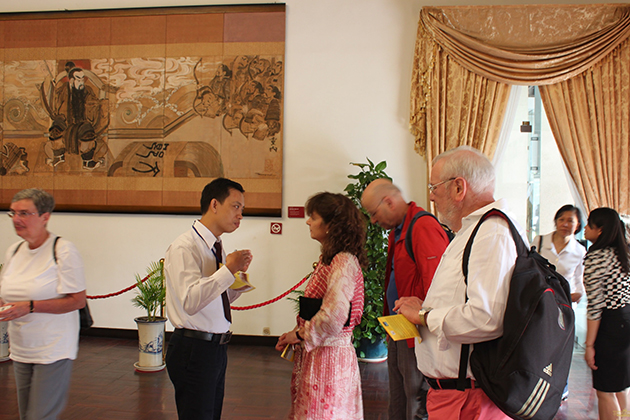
The number of tourists to the Presidential Palace is increasing over the years, including tourists at home and abroad. There are about 700-1000 visitors to visit every day. The trip to Ho Chi Minh City would not be complete without a foothold in the Presidential Palace. Visit Reunification Palace - special national site is to return to the original, marked the historic victory of the people of Vietnam. Come to the Palace to admire the beautiful architecture, but still maintain and preserve the great cultural - historical values in Ho Chi Minh City.

